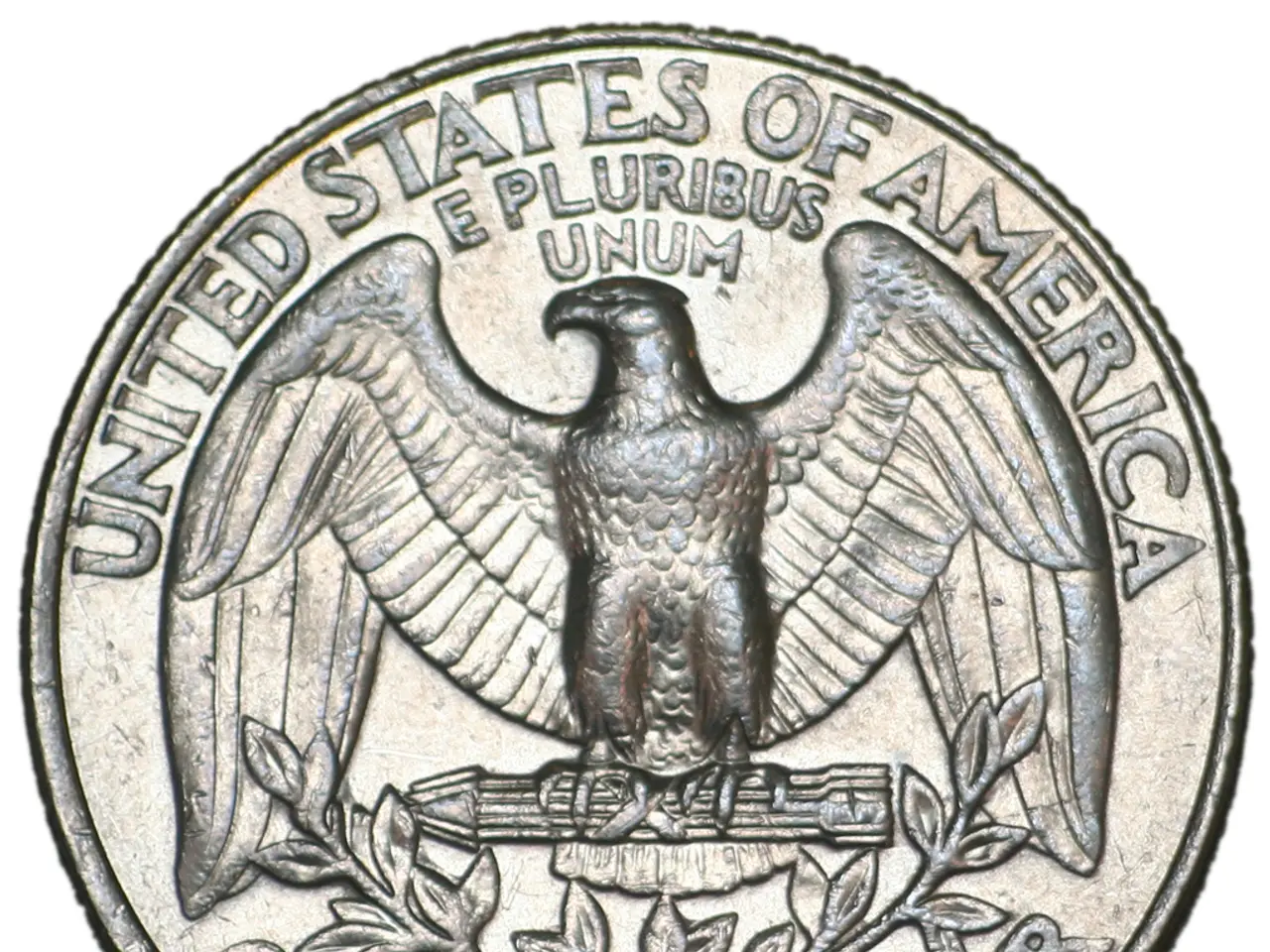Inhomeland security reports suggest Nepal as a conduit for ISI's covert operations, involving terror elements and counterfeit currency smuggling within India's borders.
The increase in the circulation of fake Indian currency through the Nepal border is primarily driven by a transnational racket linked to Pakistan's intelligence agency, the ISI. This racket uses Nepal as a strategic transit point to push counterfeit notes into India, funding terrorism.
Causes
Pakistan-based terror outfits and fake currency networks exploit Nepal’s porous border with India to smuggle large volumes of counterfeit Indian currency notes into India. Previously, fake currency entered India mainly through Bangladesh, but now Nepal border routes have been significantly ramped up. The fake currency racket is designed to generate revenue for terror activities within India.
The open and lengthy India-Nepal border, with limited sophisticated checks, facilitates illicit movement. This, combined with the ISI's interest in expanding its operations beyond the Line of Control to target Jammu and Kashmir, has led to an increase in the ISI's activities in Nepal.
Implications
The circulation of fake currency undermines the integrity of India’s financial system. Counterfeit currency generates financial resources that fuel terrorist activities, impacting national security. Increased smuggling complicates India’s internal security environment, requiring constant vigilance on multiple fronts.
The use of Nepal as a route creates challenges in Indo-Nepal relations and necessitates cross-border cooperation. The impact on bilateral relations is further exacerbated by the fact that Nepal has been used as a transit point for Pakistan's ISI in the past.
Countermeasures
India has taken several measures to combat this issue. The Unlawful Activities (Prevention) Act has been enhanced, and agencies like the National Investigation Agency (NIA) have been empowered to combat fake currency and terror funding.
Dedicated cells such as the Terror Funding and Fake Currency Cell (TFFC) in NIA, the Combating Financing of Terrorism (CFT) Cell in the Ministry of Home Affairs, and the Fake Indian Currency Notes Coordination Centre (FCORD) have been set up.
Improved coordination and intelligence sharing between central and state agencies help intercept counterfeit currency circulation. Cross-border cooperation with Nepal is also essential to detect and dismantle smuggling networks.
Technological tools like AI, Big Data analytics, and facial recognition are being deployed to track terrorist networks involved in fake currency circulation. The NIA actively investigates and prosecutes individuals involved in the counterfeit racket smuggling currency from Pakistan through Nepal.
In summary, the surge in fake Indian currency through the Nepal border is a security and financial threat rooted in transnational terrorism funding. India addresses it through legal, technological, and intelligence-driven countermeasures while seeking enhanced bilateral cooperation with Nepal.
Political tensions and conflict, as exemplified by the transnational fake Indian currency racket linked to Pakistan's intelligence agency, the ISI, present challenges in the general news topic of international relations. This racket, using Nepal's porous border with India as a strategic transit point, not only fuels terrorism but also impacts the integrity of India's financial system by generating resources for terrorist activities. Therefore, the crime-and-justice issue of counterfeit currency requires constant vigilance, cross-border cooperation, and the use of advanced technologies to combat it.





